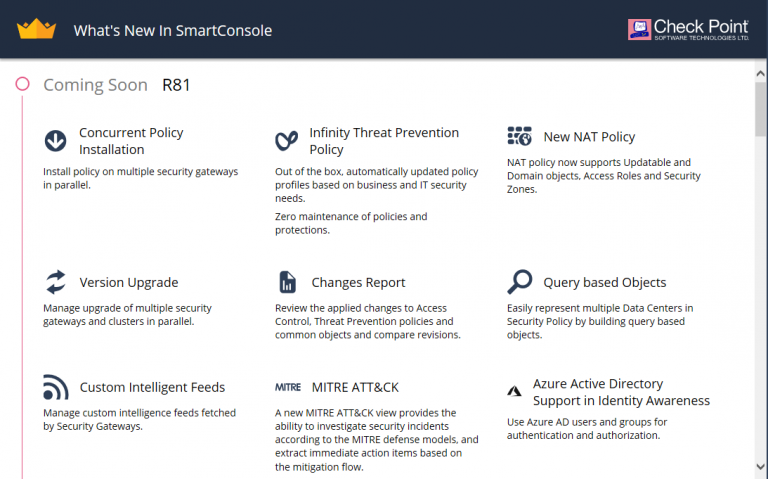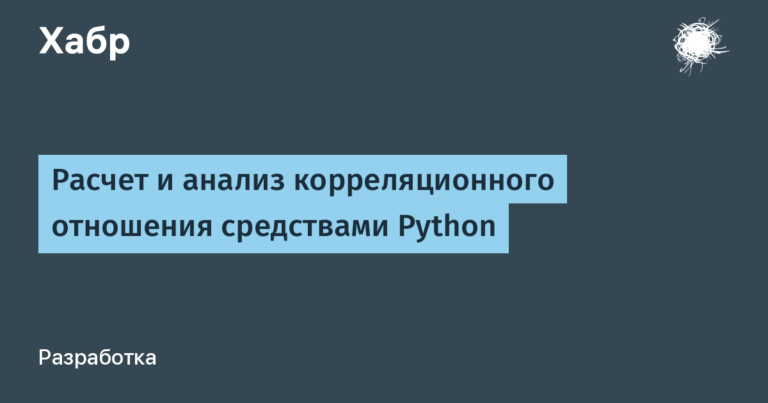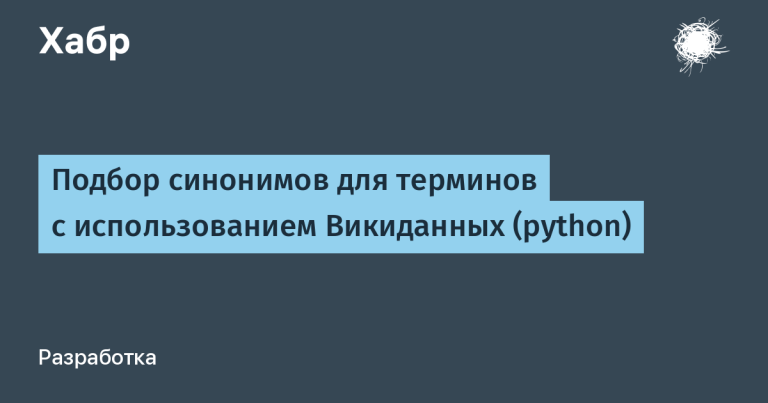Coloring customs statistics. Or how many and what microcircuits are imported to Russia? (3)
We will continue to analyze which foreign microcircuits are used in Russia based on customs statistics. How do we do it? From the data of the Federal Customs Service, we select the records in which the nominal value of the imported microcircuit is indicated, and using the internal database we supplement this record with the main parameters of the microcircuit, starting from the manufacturer, bit sizes, power ranges and ending with the type of case, packaging, and so on. In this part, let’s look at memory chips.
Part 1. General analysis
Part 2. ADC / DAC and Microcontrollers
Just over 130K memory chips were imported in 2019. In this case, you need to understand what exactly microcircuits are. For example, “strips” of dynamic memory for computers or memory cards are already imported as modules or components for computers and, unfortunately, do not get into the statistics of microcircuits. We are considering clean microcircuits that are imported to solder.
We can divide all microcircuits into non-volatile EERPOM, FLASH, FRAM, i.e. store information in the absence of power, volatile dynamic RAM (DRAM) and static (SRAM) and others, such as configuration Flash used to store “firmware” FPGA and NVSRAM – this is static RAM, but with a battery, due to which it turns into non-volatile. This is a very ancient solution, but still someone uses them, although FRAM has already come to replace it.

As expected, the most popular are non-volatile memory chips (more than 116K in total), followed by dynamic memory (13K). The rest of the memory is in very small volumes. First, let’s take a closer look at dynamic memory.
Dynamic memory

The most popular are DDR3 microcircuits. But the previous generations are also consumed in large quantities.
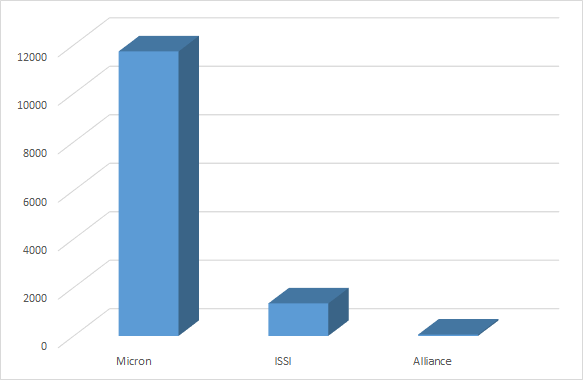
The leader among manufacturers is Micron (unfortunately not ours). The most popular microcircuit is MT41K128M – DDR3-1600, 2 Gbps from Micron, priced at about $ 3.
Non-volatile memory
For nonvolatile memory, everyone is accustomed to USB flash drives or memory cards with a volume of tens of Gigabytes.

But in the form of microcircuits, as it turned out, the most popular are very small volumes up to 1 Mbit.

The undisputed leader in EERPOM is STM.
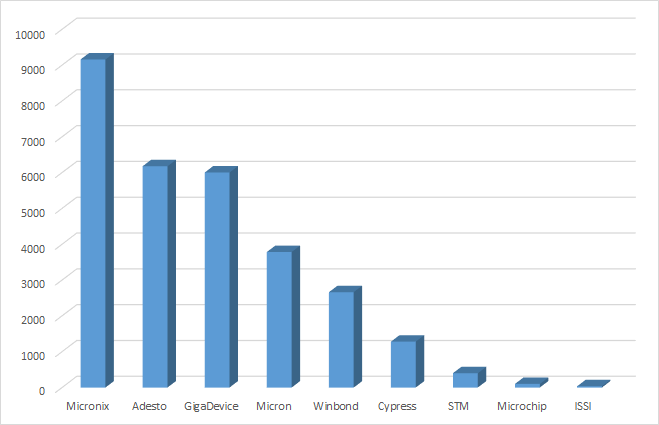
There are many more manufacturers on the Flash memory market, while the FRAM market is almost entirely owned by Fujitsu.

EEPROM memory has the most popular I2C interface

But in Flash memory I2C does not occur at all, and SPI is the main one.

What is the most popular case? Eight lead cases, SO-8 and its analogues.
So if you want to make a non-volatile memory microcircuit, then in order for it to be its maximum mass volume, it should be ~ 1 Mbit, with an I2C interface (well, or SPI, I like it more) and in an 8-pin package. One problem, its cost should be about $ 0.4 per piece. The most popular EEPROM IC is M24512 from ST with a volume of 512 Kbps and a price of $ 0.3. And ST promises to release it for at least another 10 years.


